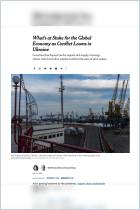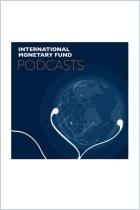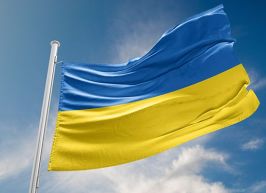
Article
The Food War
The food shock of 2022 is not a good-news story. But our “bad” is less bad than ever before.
The Atlantic,
2022
Recommendation
Russia’s invasion of Ukraine and the ensuing war will affect economies around the world, with a particular impact on food prices. Russia and Ukraine are major grain producers and, combined, export 25% of the world’s wheat. The war blocks ports through which Ukraine exports its wheat, and sanctions worldwide embargo Russian commodities. The processes that establish food prices on the global markets, as David Frum reports in The Atlantic, raise costs for everyone. This needn’t be a catastrophe. With careful management, policymakers can mitigate the impact of higher food prices.
Summary
About the Author
David Frum, senior editor at The Atlantic, is the author of Trumpocracy; and Trumpocalypse.
Learners who read this summary also read
Podcast


















Comment on this summary